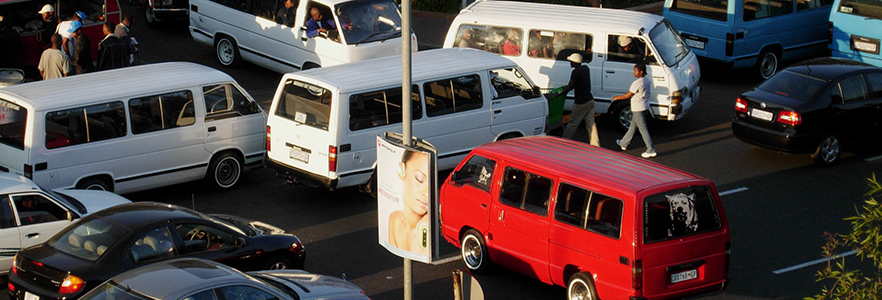What makes cities vibrant and successful? Top of the list is urban spaces – including streets – that are accessible to people and that facilitate economic and social transactions. Cities need to enable people to meet, socialise and do business. So streets must create opportunities for these sorts of transactions.

Given the publication of UN-Habitat’s Global Report on Human Settlements, and World Habitat Day 2013, it is time to reflect on this challenge. As the UN report showed, there are many excellent lessons to be learnt from around the world.
In Perth and Melbourne in Australia, city leaders are engaging with noted urban design specialists such as Jan Gehl and Enrique Peñalosa to develop blueprints for redesigning urban spaces and city streets for people. Similarly, the Cheonggyechen project in Seoul, South Korea, has seen an elevated freeway replaced with a retreated waterway and active transport and leisure corridor.
In understanding the vital role central city streets play in the movement of and exchange between people, cities need to balance the often-competing requirements for through-traffic, trip ends (completion of longer journeys to the city centre from the suburbs), local trips and leisure activity. The last three are essential for urban vibrancy – depending on how trips are undertaken – whereas the first is not.
From our partners:
The 2012 Congestion Index developed by TomTom shows that Perth is now the second most congested major Australasian city, behind Sydney. This is partly due to its failure to address the impact of vehicle through-trips. And to make things worse, the state road agency is actually increasing the capacity of the freeway infrastructure that frames the city centre and severs the city from its immediate hinterland.
Singapore, Stockholm and London all have inner-city congestion charges. When Stockholm’s charge was first introduced in 2006 it reduced traffic in the charge zone by 22% compared to the previous year, with the effects most pronounced during peak periods. The success of the scheme relied on investing in non-car transport options such as better cycling infrastructure and public transport for people to use instead.
[infobox]In simple terms, if you design city centre streets to cater mainly to vehicles, trip ends and through-trips, then you will not create vital, people-friendly spaces. What’s more, once vehicles are given priority, the spaces cannot be easily redesigned for people.[/infobox]Vancouver in Canada shows what cities can achieve by applying suitable city centre vehicle access strategies. In 2010, the City of Vancouver undertook counts to compare traffic volumes to data collected in 1960 and 1976. The city’s data showed less traffic crossing the cordon in 2010 than in 1976 despite a significant uplift in downtown jobs and residences.
[infobox]The lessons for our cities are therefore clear: people transact, vehicles do not. So vehicle transport should support transactions, not undermine them.[/infobox]What’s behind this fall in traffic? Downtown Vancouver is a fantastic place for leisure. Local trips are easy on foot, by bike or on the bus. And people can complete their trips easily by regional transit (including the SkyTrain automated driverless light rapid transit system).
The lessons for our cities are therefore clear: people transact, vehicles do not. So vehicle transport should support transactions, not undermine them. Cities that disregard the enduring importance of face-to-face engagement and don’t design their city streets for people do so at their peril. In today’s world people will simply choose to live and work elsewhere.
Emerging cities in Asia, Africa and South America must resist the desire to emulate the vehicle-centric North American and Australasian model of city design. Although private vehicle ownership and infrastructure can hyper-inflate mobility (at least in the short run) and can be construed as a sign of wealth, experience shows it is not the route to lasting success.
This article was written by Ryan Falconer and originally appeared in Arup.















